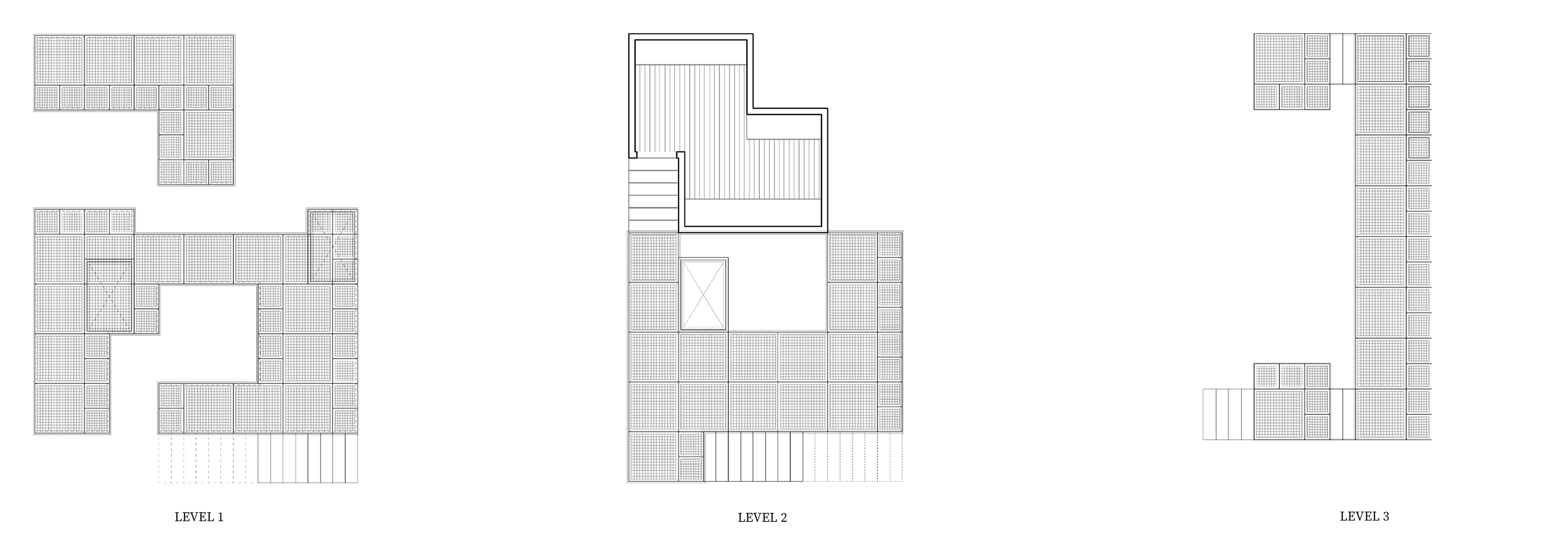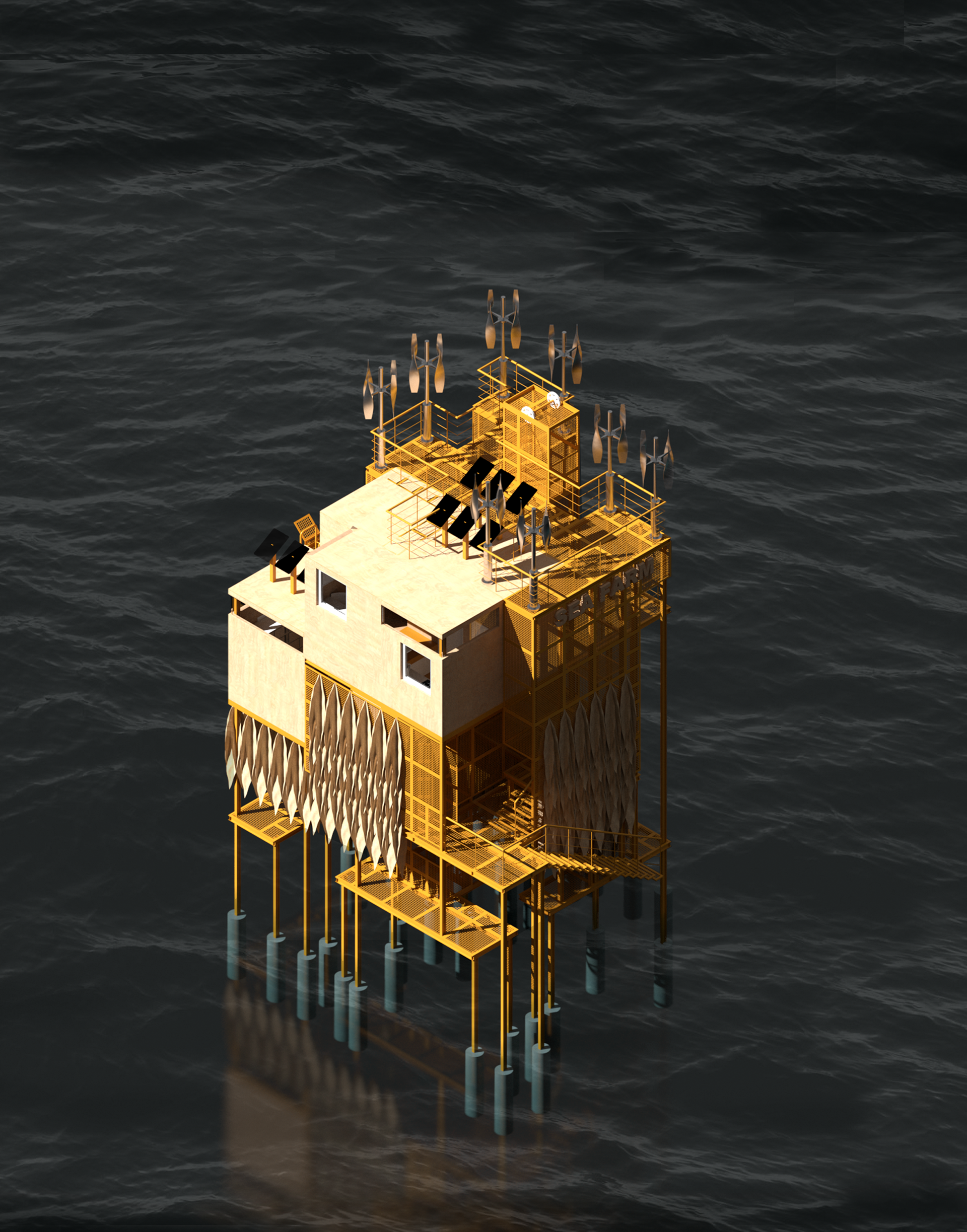SEA FARM, WHITSTSABLE
The Seaweed Farmhouse Prototype is a farming project that merges sustainability, biomaterials, and job creation through an experimental, floating structure. Located off the shores of Whitstable, North coast of Kent, England, in the sea, this prototype serves as a centre for the collection, processing, and drying of various sea life, including seaweed and oysters. The project aims to explore the potential of biomaterials harvested from marine life, considering their diverse applications beyond traditional farming for use in construction, textiles, and other industries.
Designed as a seaweed farmhouse, the prototype functions not only as a working farm but also as a dynamic, multi-functional space. Its unique structure allows for experimentation with the integration of marine resources into everyday life, from design and architecture to material science.
Through this forward-thinking project, we aim to demonstrate how natural materials can be harvested, processed, and repurposed for multiple industries while fostering economic growth in coastal communities. The Seaweed Farmhouse Prototype represents a new way of thinking about farming in marine environments and aims to pave the way for a more sustainable future.
Institution: University of Kent, Canterbury
Taking inspiration from a recycling poster on the beach, an initiative was taken to address the significant environmental challenge for sea waste. Posed by the over 7 million tonnes of seashells discarded by the seafood industry annually, currently, the vast majority of these shells end up in landfills. Ideally, dumping the shells into the sea, contributes to the generation of the oyster population.
The first proposal comes as an Oyster Crushing Center. This project aims to create a sustainable solution by repurposing these shells, transforming them into valuable biomaterials while simultaneously developing a seaweed sea farm.
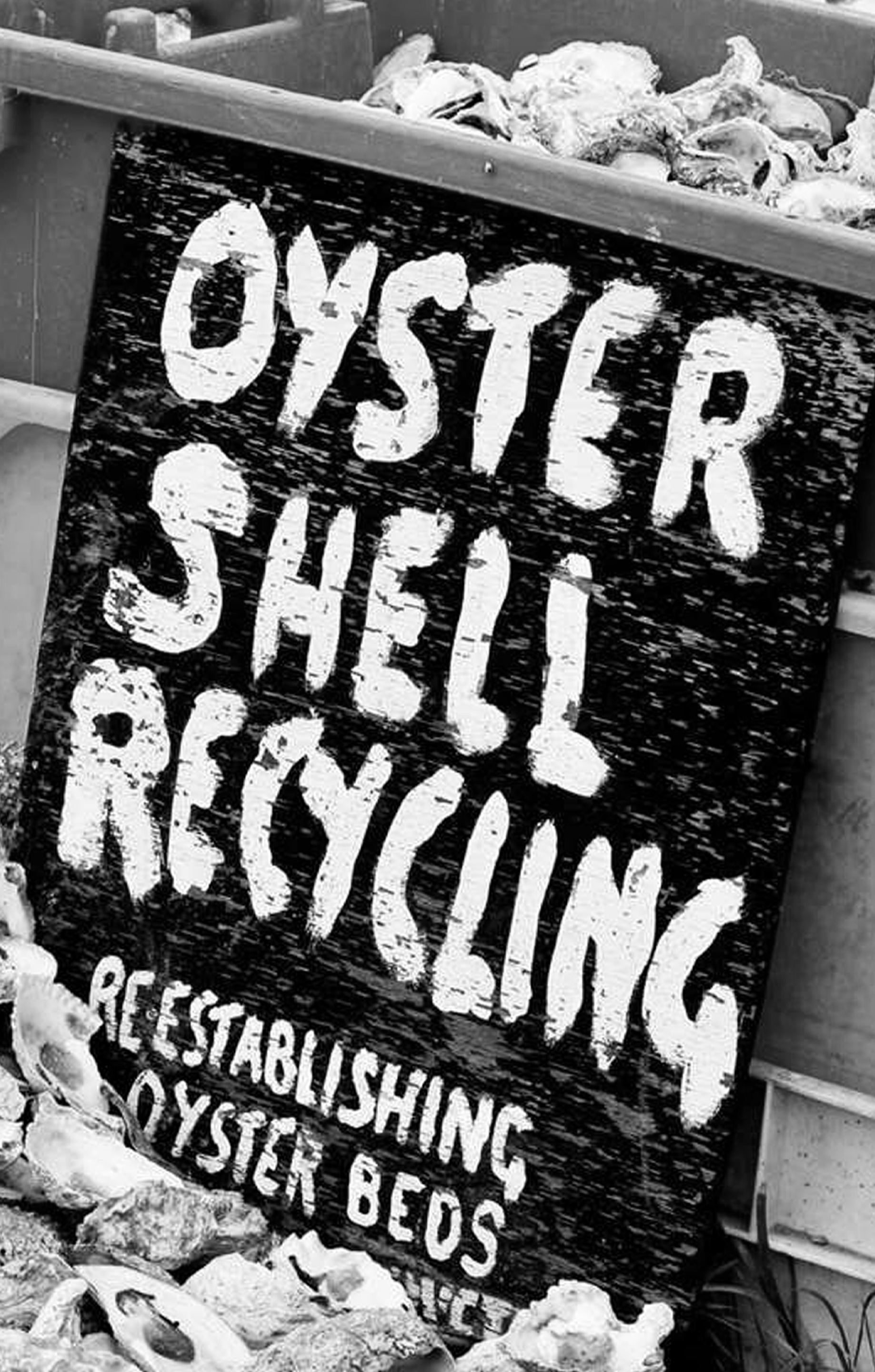
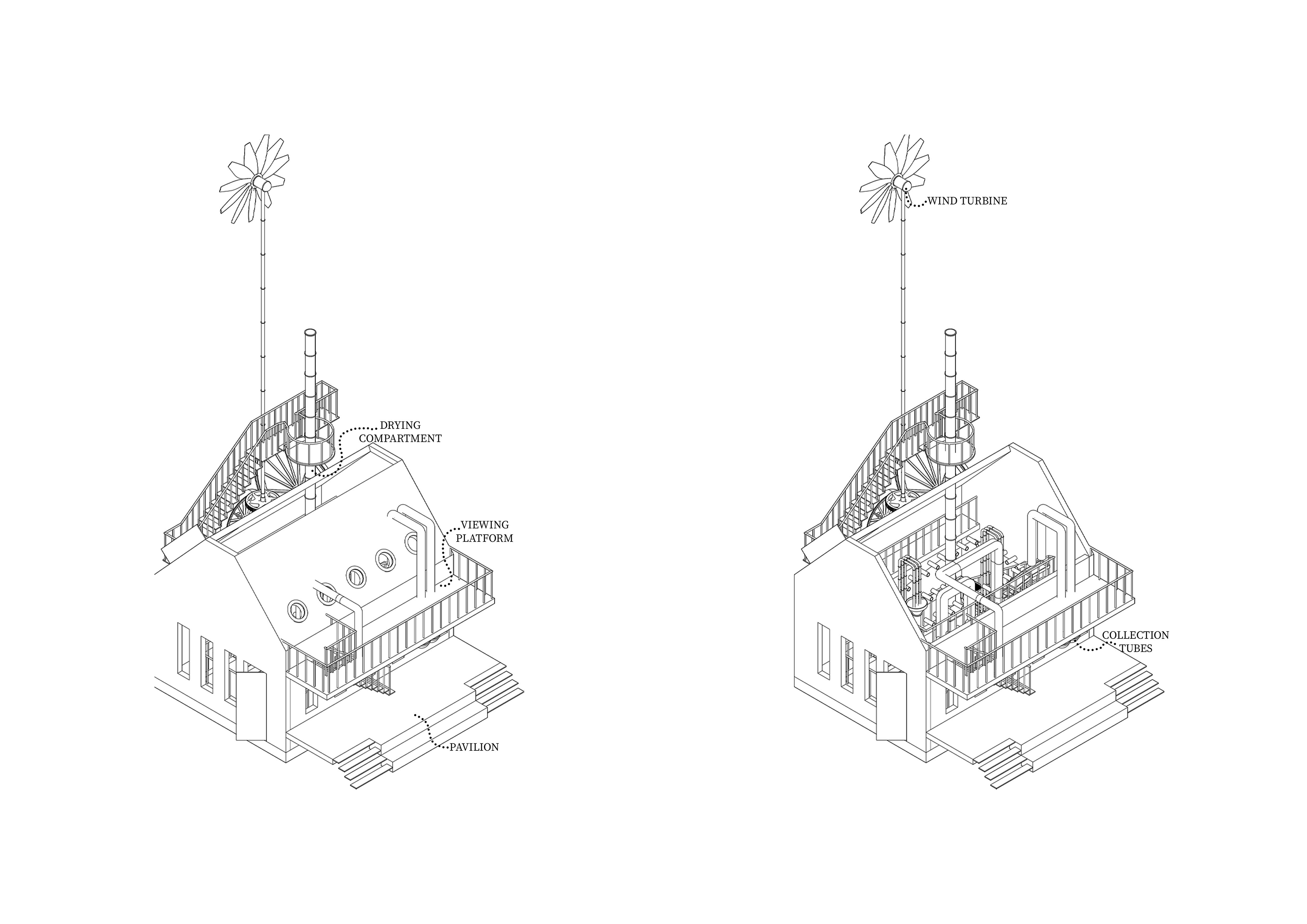
PROTOTYPICAL COMPOSITE VOLUME
To help determine the form of the new prototype a composite volume exercise will be performed.
Produced by explored action verbs, these operations might be applied to a point, edge or face of a volume to transform a cube.
To help determine the form of the new prototype a composite volume exercise will be performed.
Produced by explored action verbs, these operations might be applied to a point, edge or face of a volume to transform a cube.

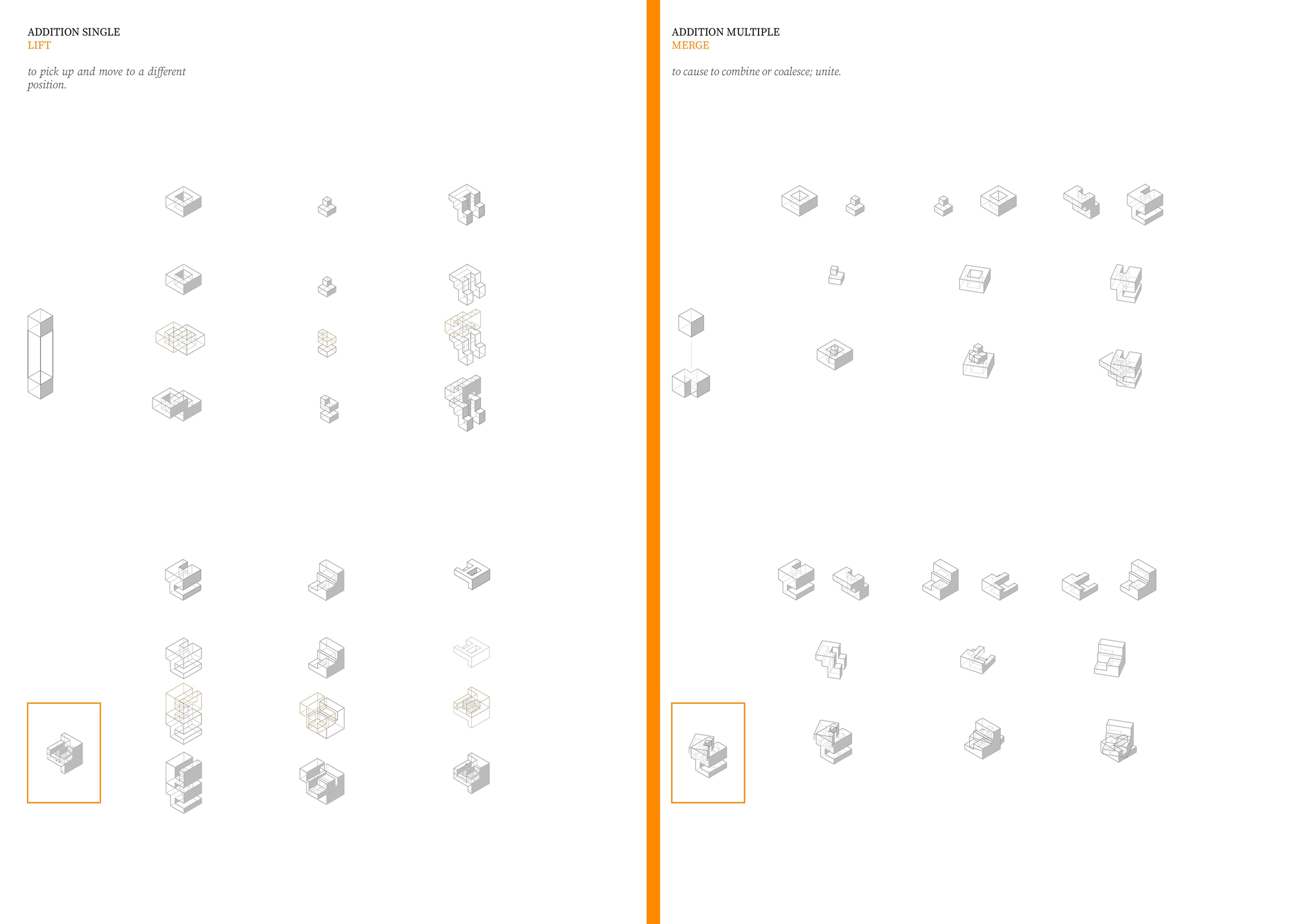
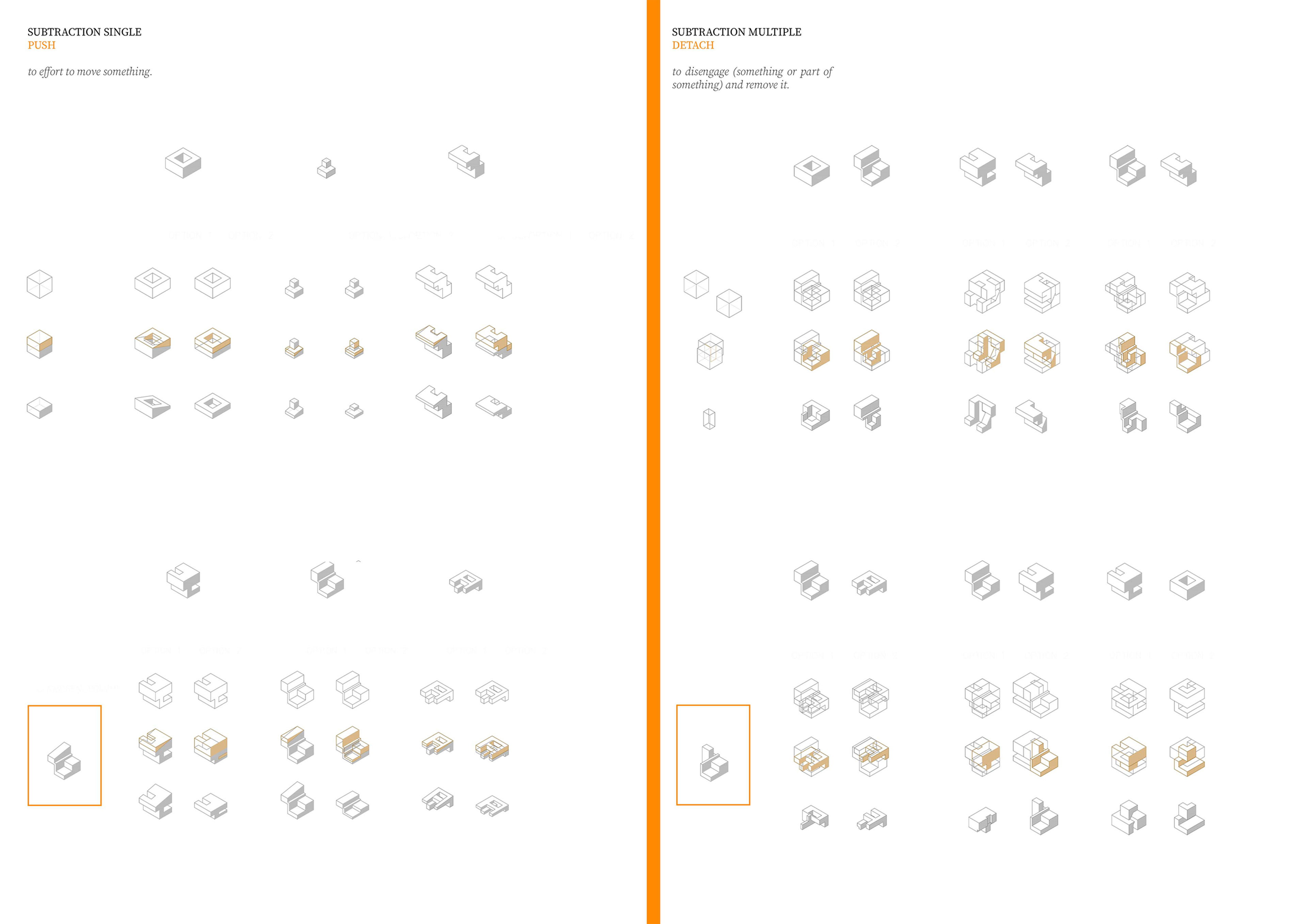

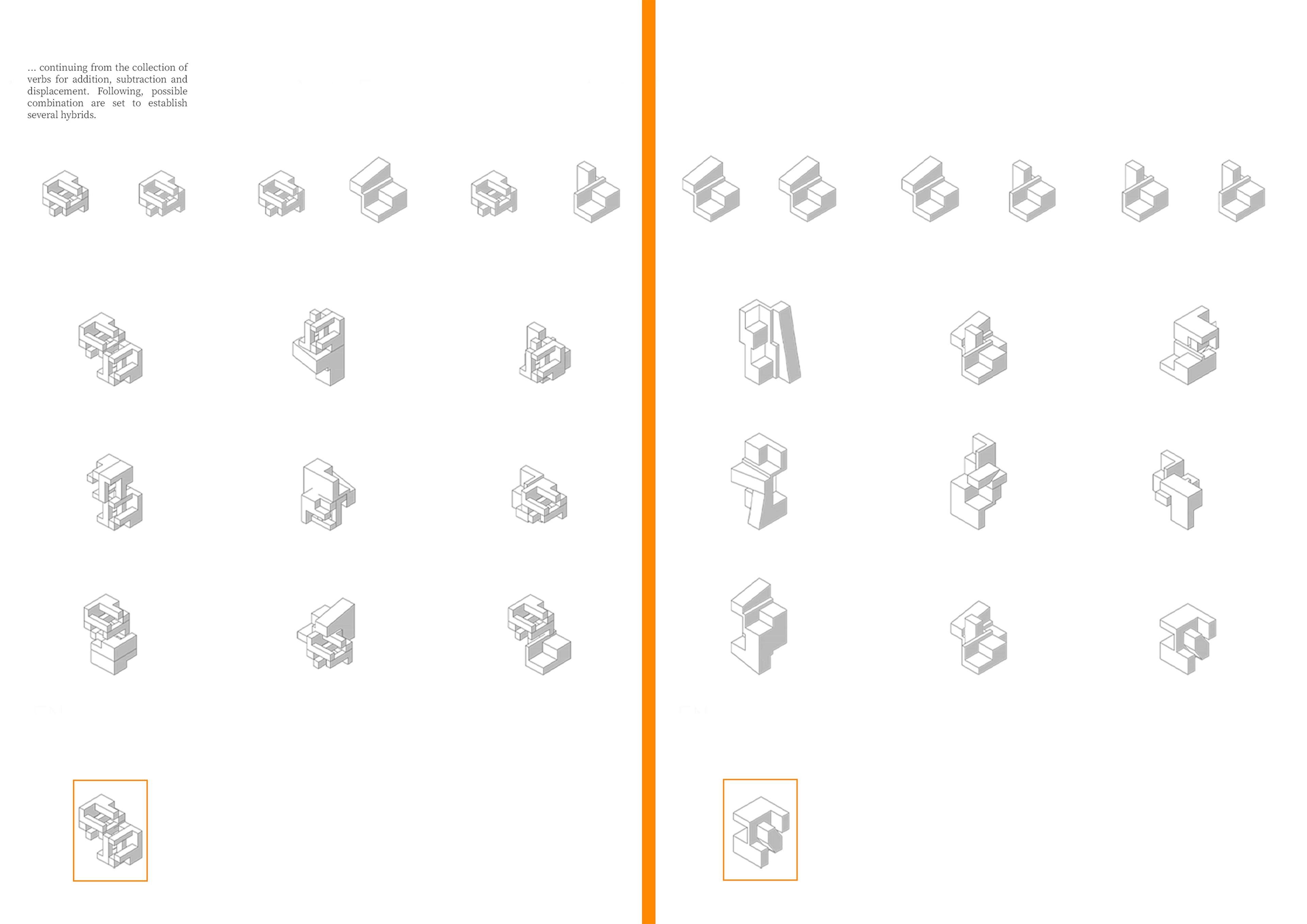
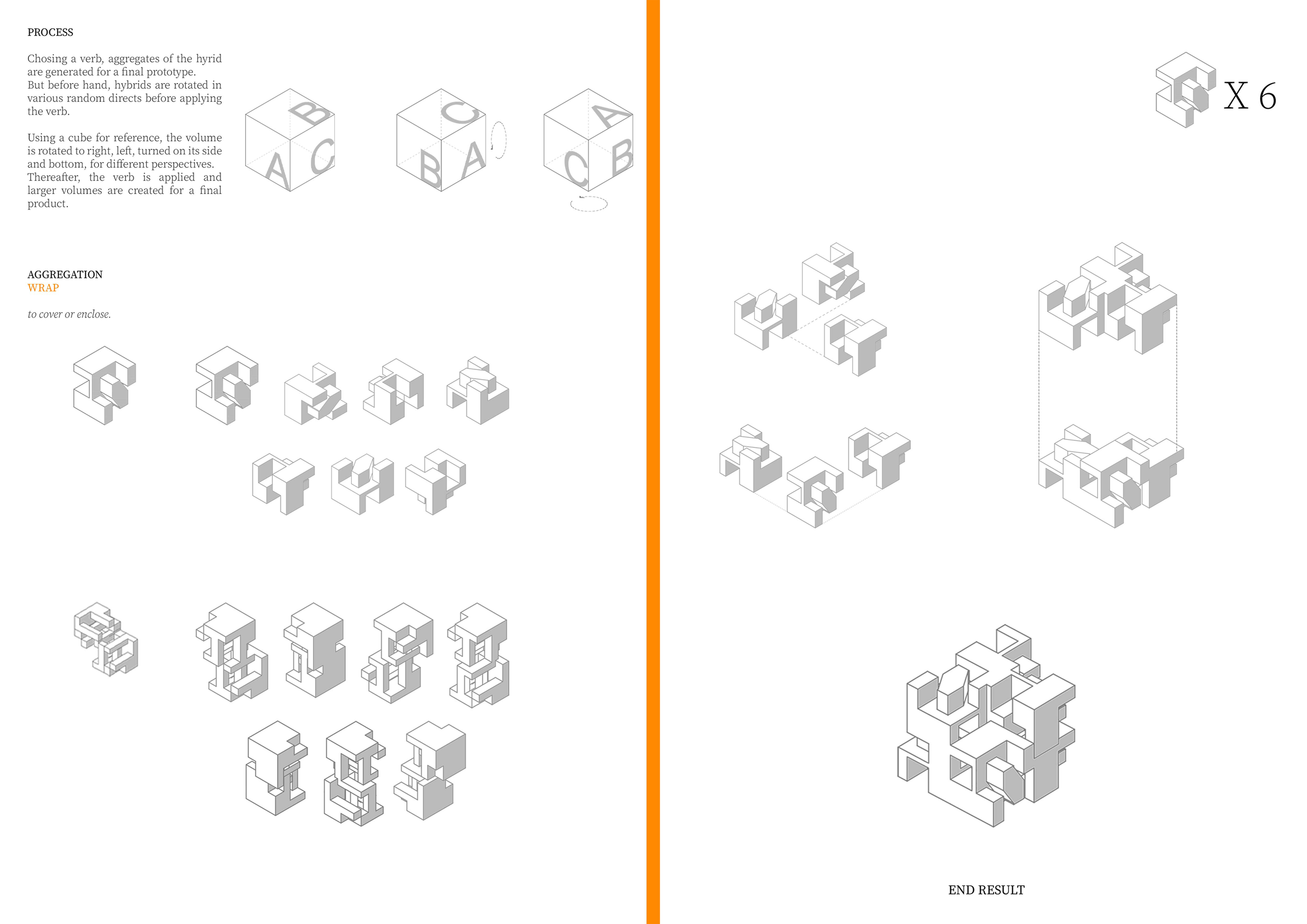
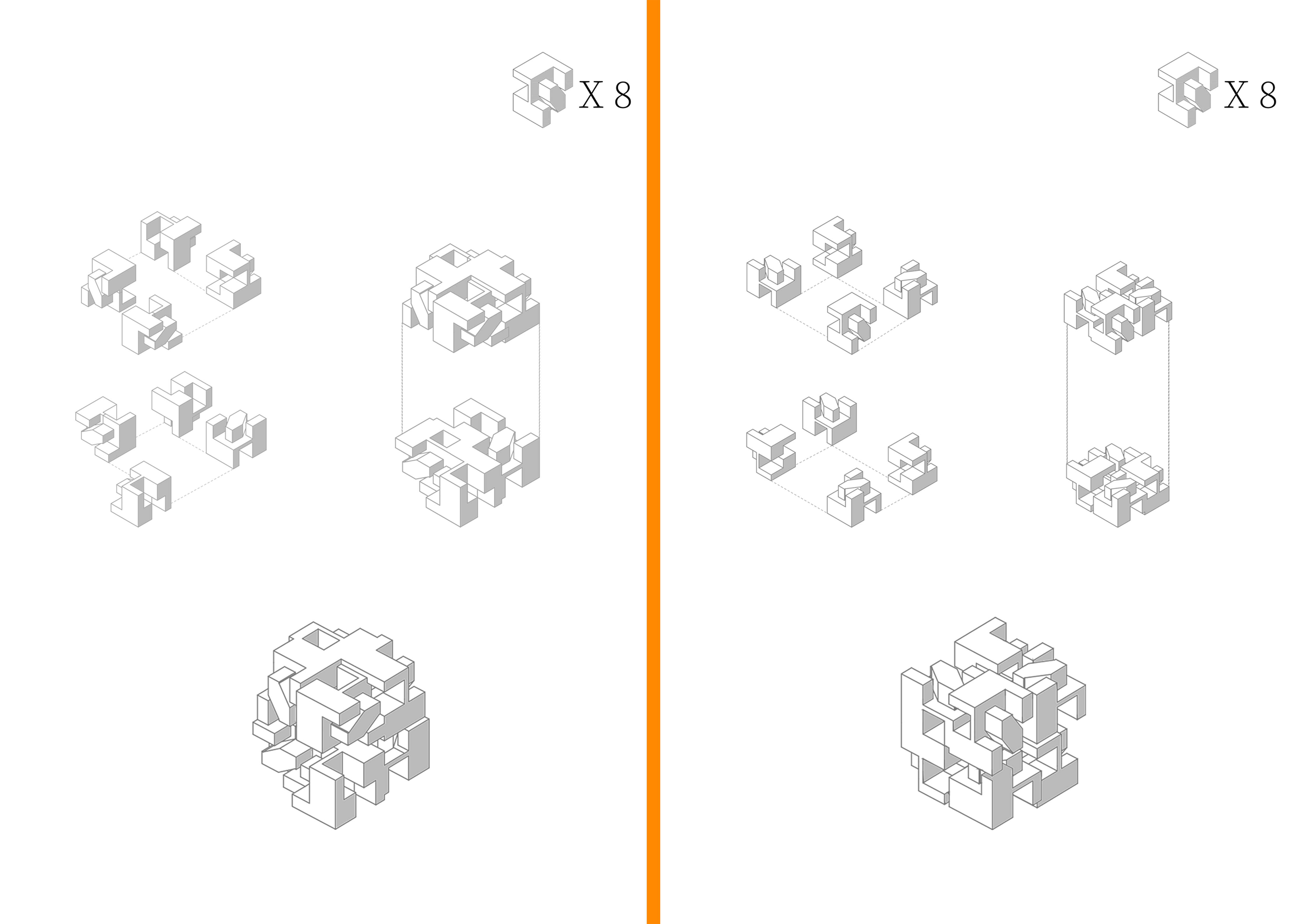

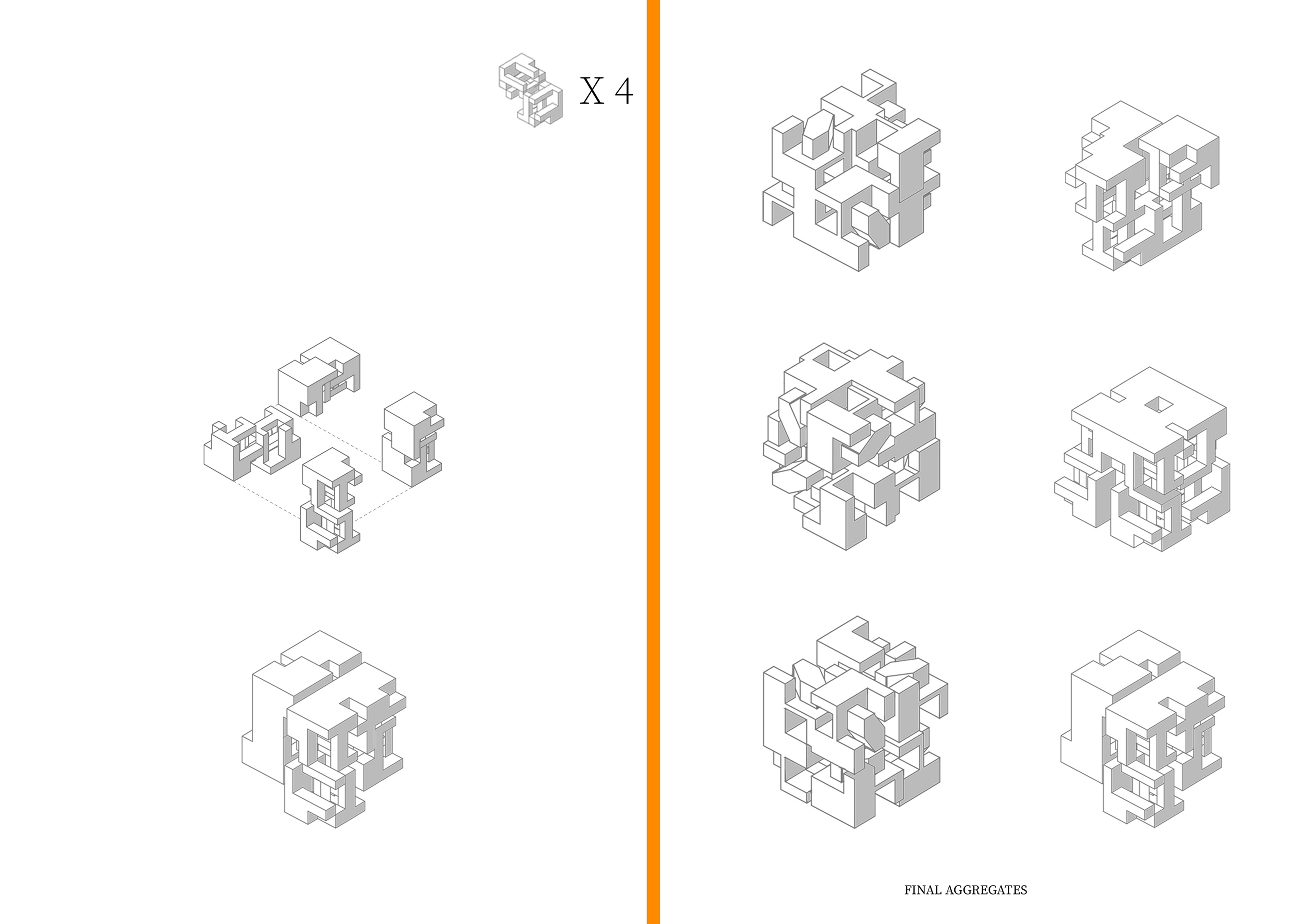
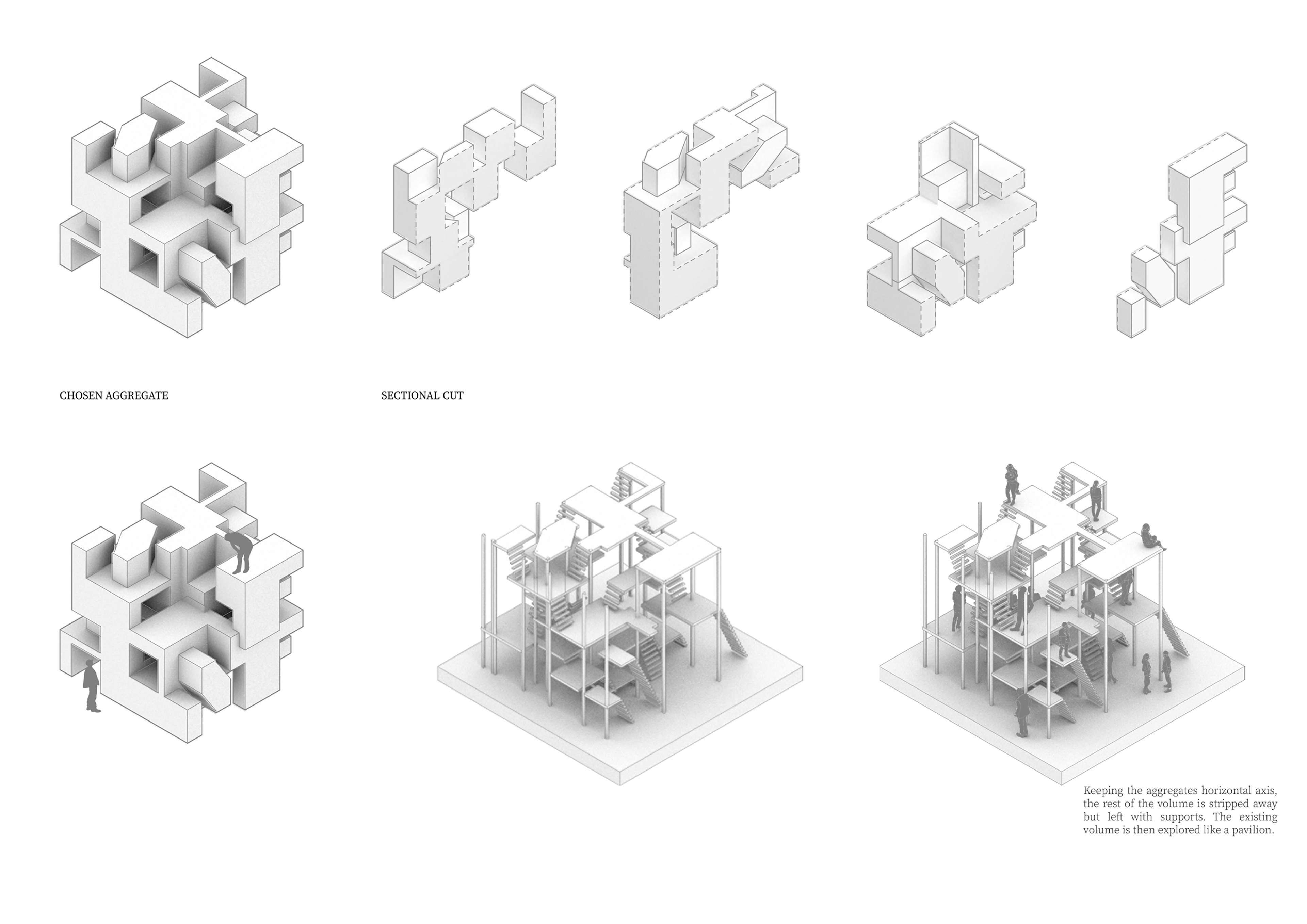
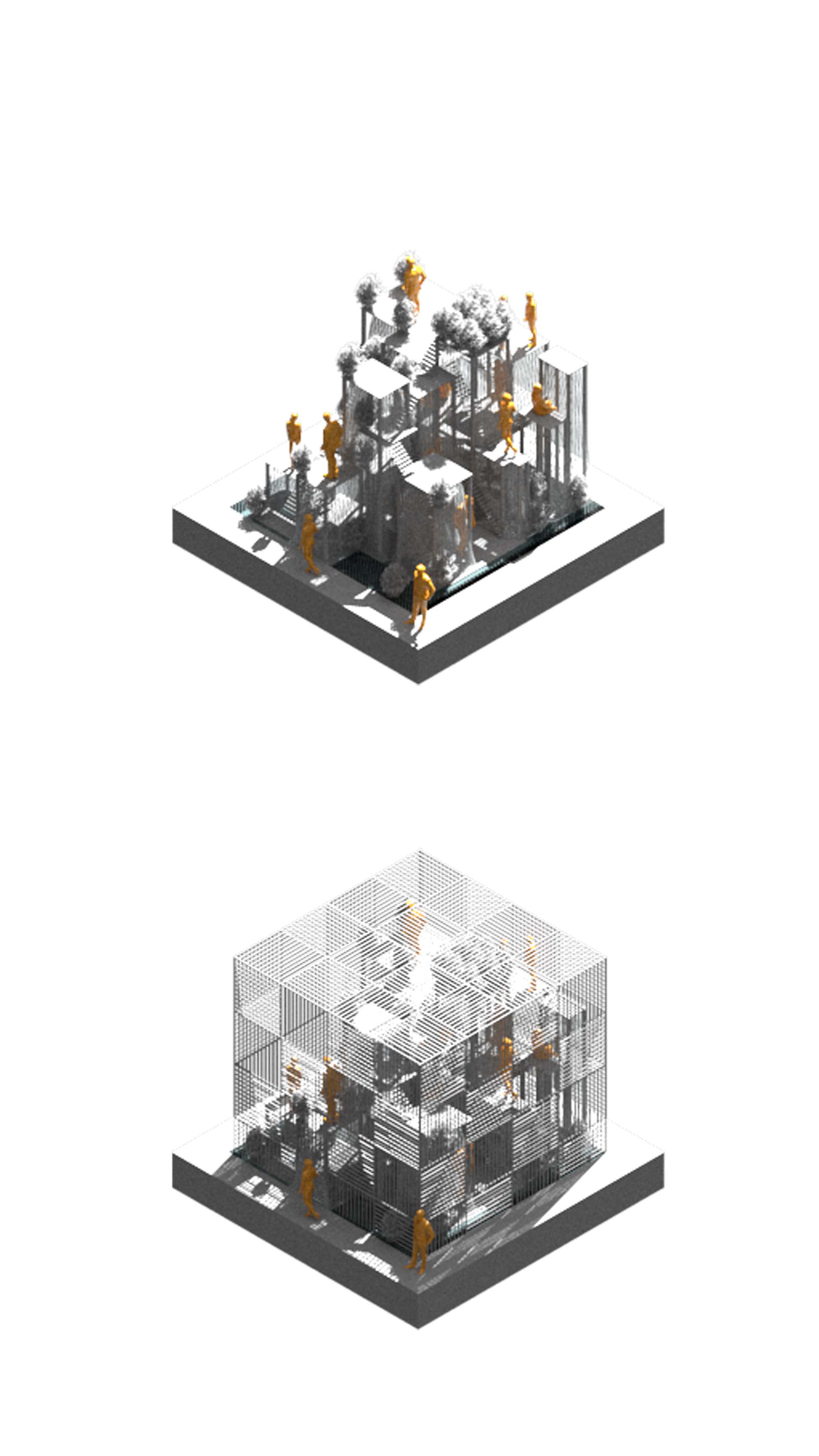

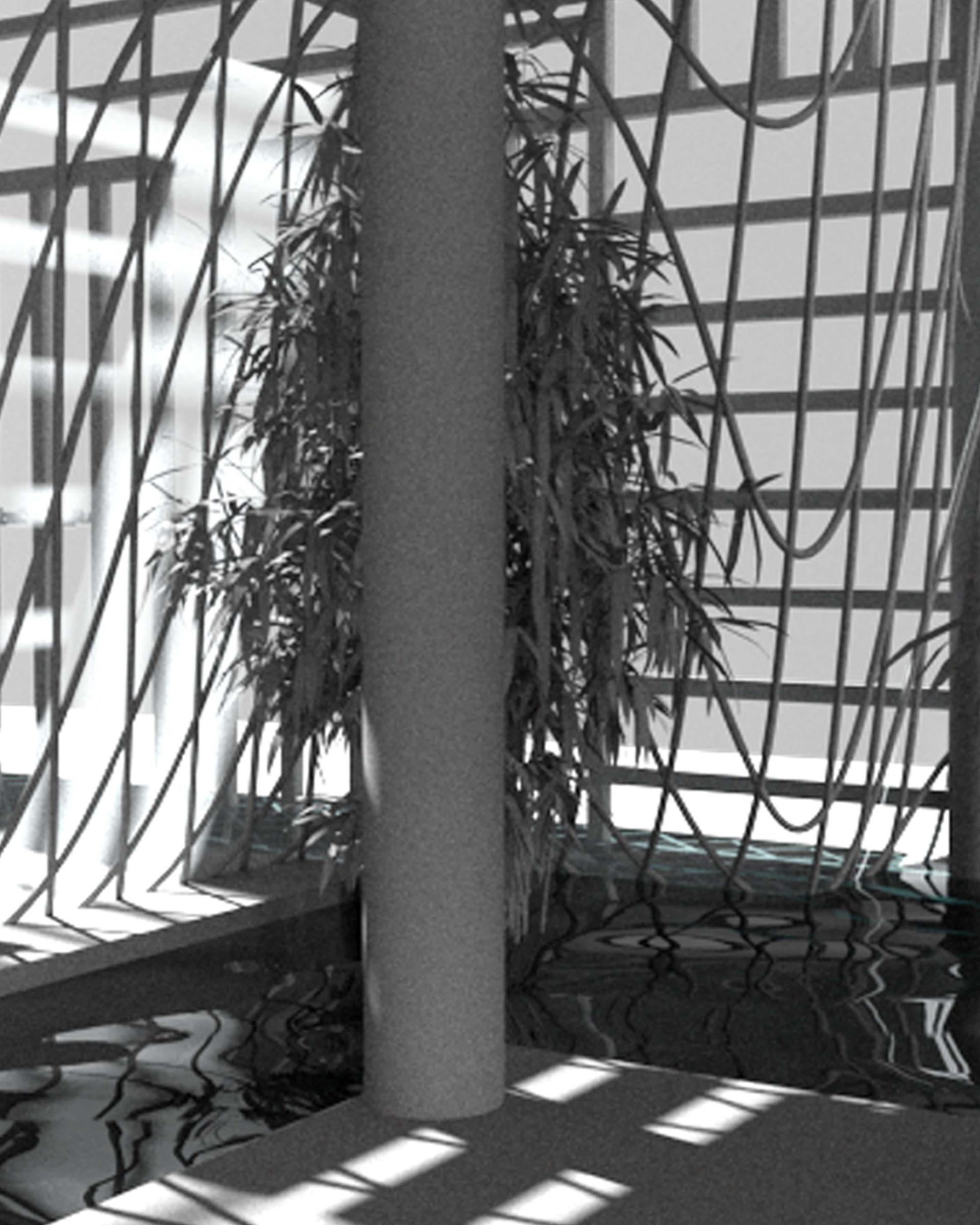
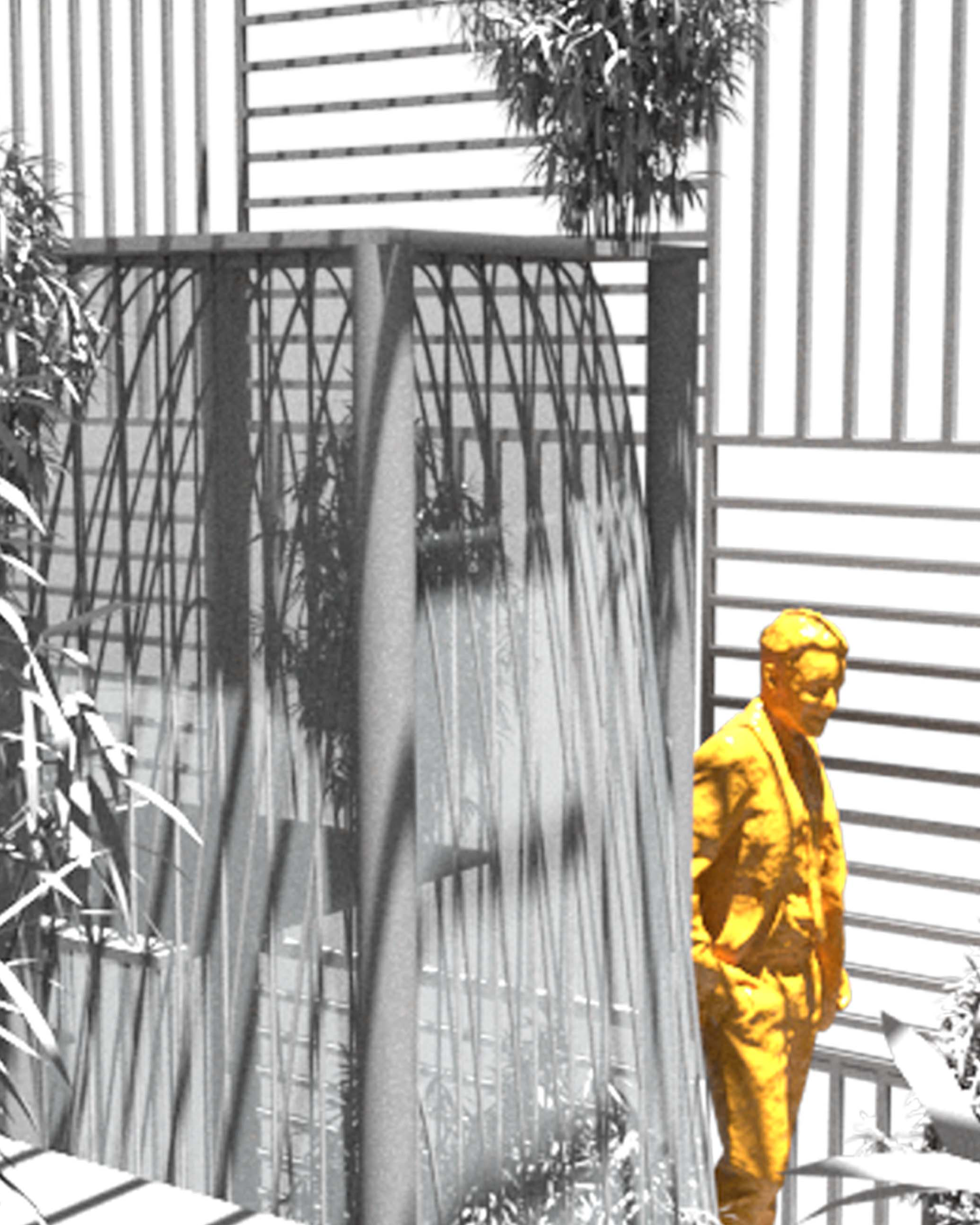
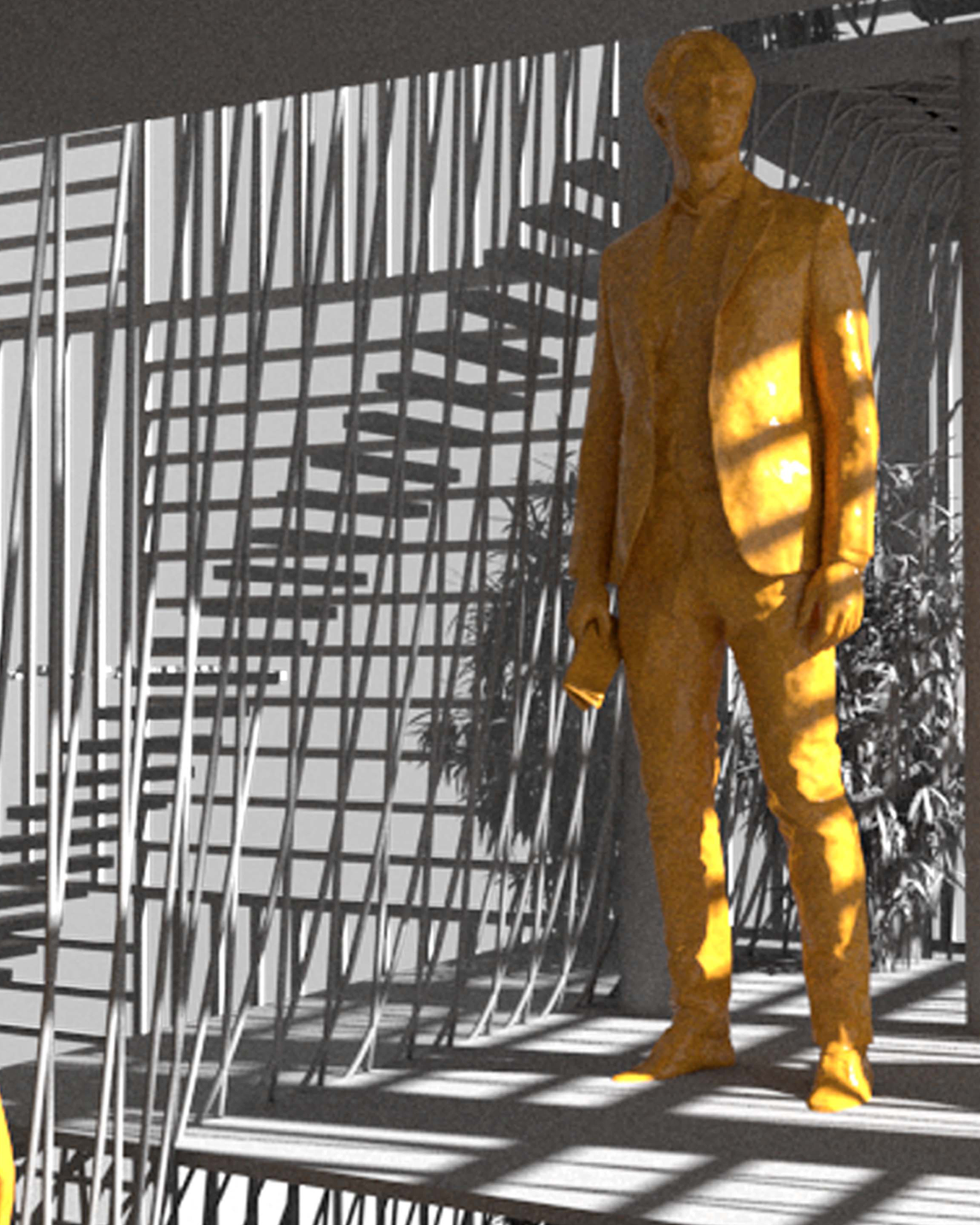

The concept will work on the occupancy of one person, while not affecting its function.
